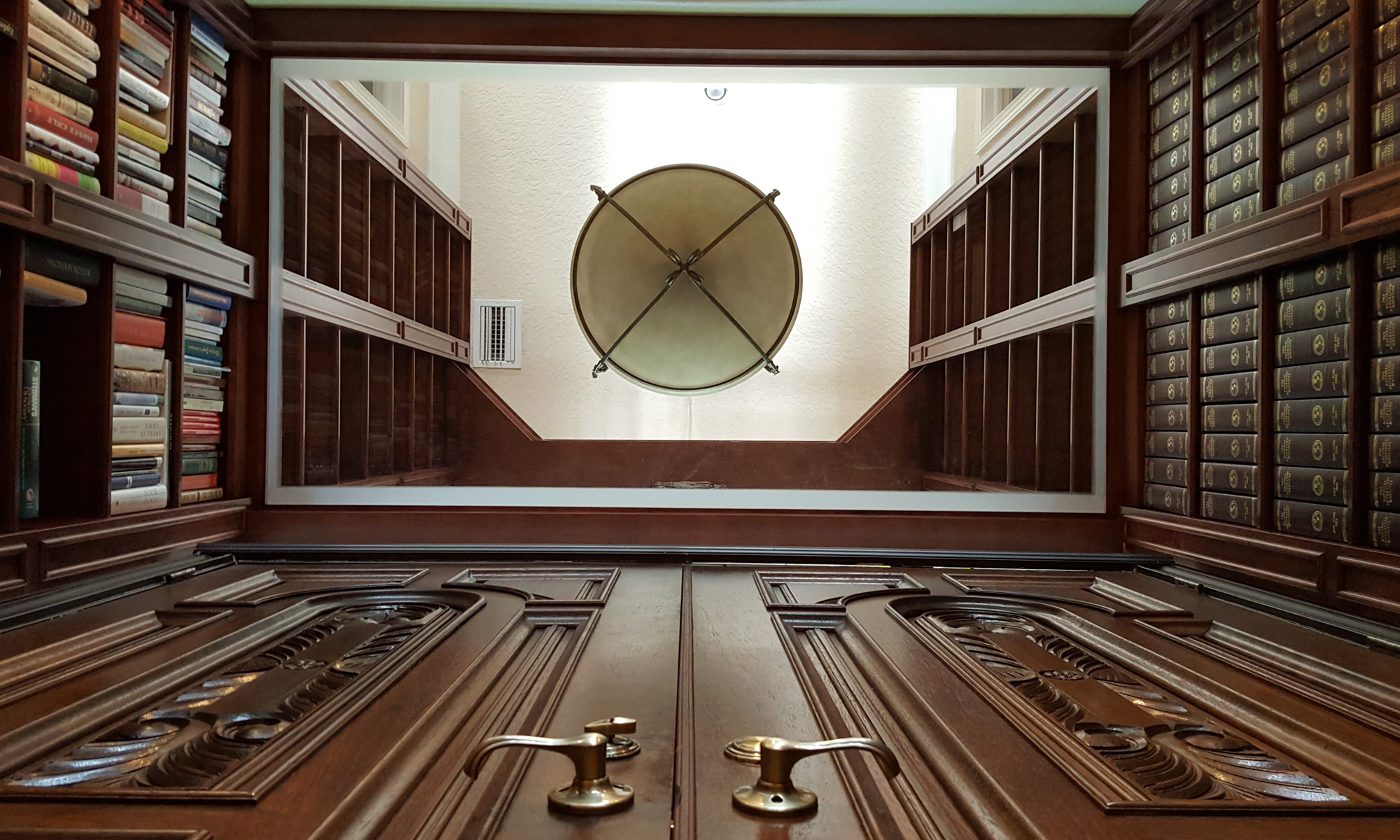The blank selected should be approximately 4” x 4” x 6”. The grain should be orientated such that it runs parallel to the lathe. It is important that the blank is dry.
Mount the blank between centers. Turn it round, square off the end by the tailstock and turn a tenon to match your chuck. (In the first image, I have a steb center mounted in my chuck jaws)
Turn the blank around and mount in the chuck jaws. True it up and square off the end.
Cut groves in the end face of the blank to form a mold into which the pewter will be cast.
The image above shows a section through the blank, illustrating the dovetail which holds the pewter to the blank.
The image above shows the pewter being poured from the electric melting pot.
True up the face of the blank.


Turn the first inch of the exterior of the vessel. Clean up the pewter using a skew as a negative rake scraper. Cut a small chamfer on the top lip of the pewter rim using the skew in the same manner.
Using the long point of a skew, cut a small bevel to clean up the junction between the wood and the pewter. Then embellish the rim using a texturing tool.
The image above shows the exterior of the pewter rim.
Using a detail gouge, hollow out the first inch of the vessel.
Again using the skew as a negative rake scraper, clean up the top of the rim and cut a small chamfer on the inside lip of the rim.
The pewter rim is now complete.
Turn most of the exterior of the vessel, leaving some bulk at the base to add stability when hollowing.
Drill a hole to the final depth and then hollow out the interior. In the image on the right I am using a Termite tool to hollow with, but you could also do the hollowing with a detail gouge.
A negative rake scraper can be used to smooth out the interior of the vessel.
The exterior of the vessel is now turned to completion and sanded. It is a good idea to protect the pewter rim with some blue painters tape while sanding. The vessel is then parted off with an undercut.
A tenon is then formed on the remainder of the blank to form a jam chuck in order to finish off the underside of the vessel.
The completed end grain vessel with pewter rim.




























